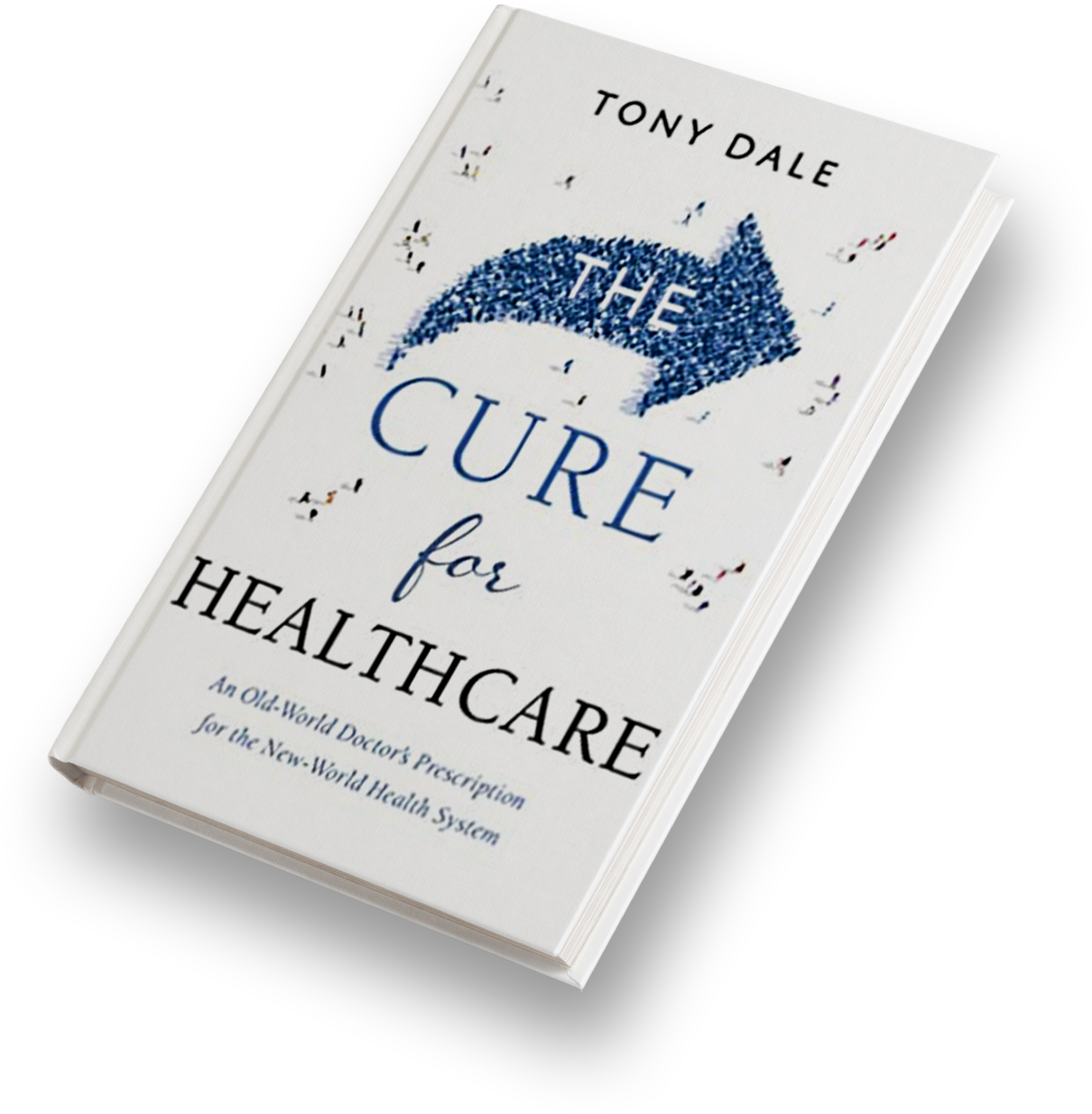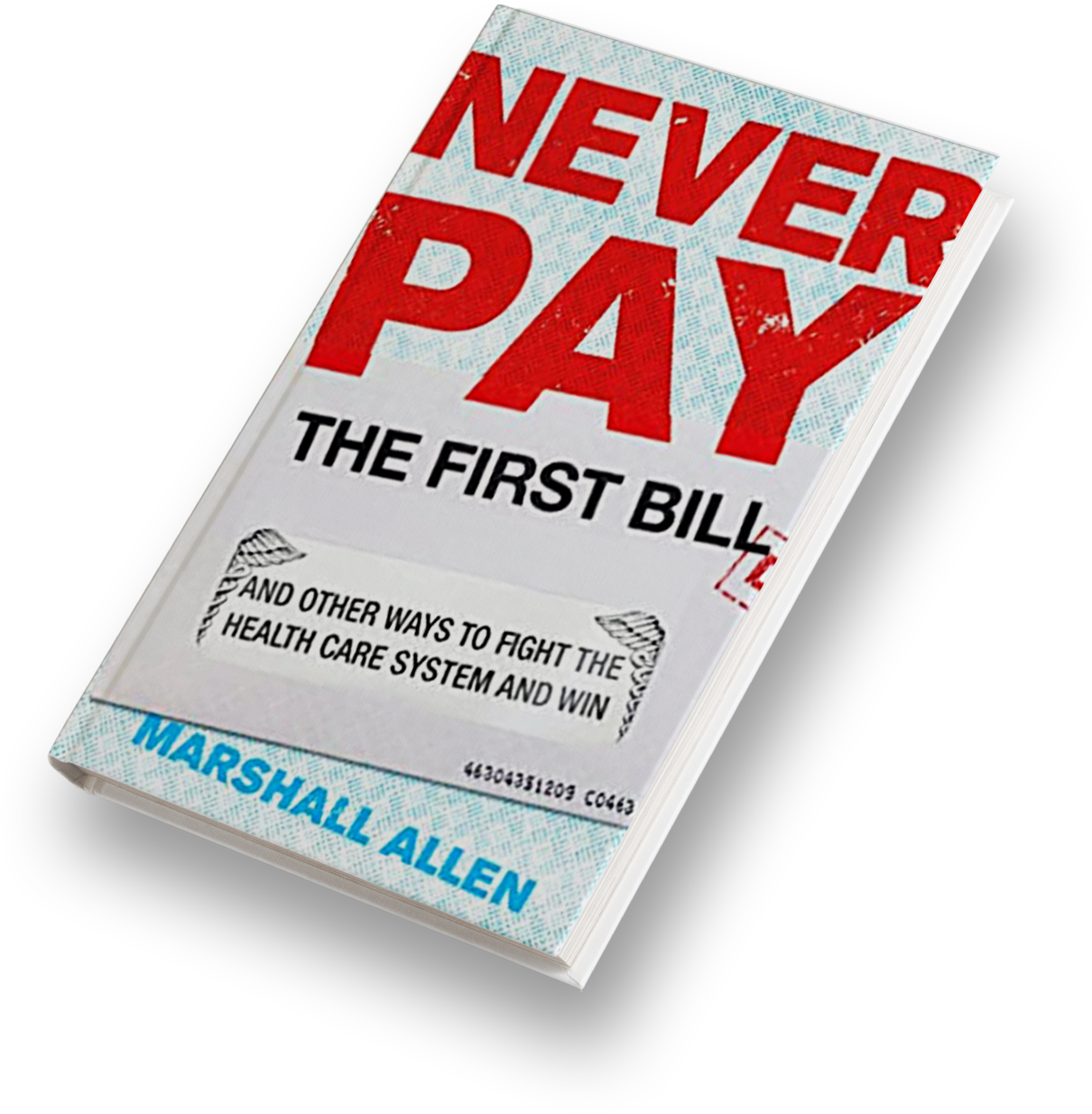
Healthcare Heroes

Changing how we provide health care in employer-funded health plans is a multistep and active process. It can provide better and more easily accessible care and tremendous cost savings to both the employee and employer. The first step for an employer to implement change is understanding how and why the traditional model is riddled with malaligned incentives, waste, poor care, unnecessary care, unsustainable pricing, and unnecessary bureaucracy.
Educating Employers & Physicians on Alternatives to Traditional Health Insurance Plans
The Free Market Medical Association offers local chapters and a national conference and supports educating employers and physicians on alternatives to traditional plans and practices.

Resources for Benefits Advisors
Dave Chase's Health Rosetta and Nelson Griswold's NextGen Benefits educate benefits advisors on creating affordable and sustainable community and employer health plans.


Employer & Consumer Education Resources
Dr. Marty Makary's The Price We Pay, Dr. Tony Dale's upcoming book, The Cure for Healthcare, and Marshall Allen's upcoming Never Pay the First Bill (unless it is to Green Imaging!) are tremendous resources for employer and consumer education.
Solutions to Problems
The second step is implementing solutions that solve problems specific to his or her employees and plan.
Many healthcare solutions can be implemented in the setting of an existing traditional health plan as the second step.
Direct Primary Care
Examples are an investment in Direct Primary Care (DPC, subscription-based primary care), offering a near-site or on-site clinic like WeCare and CareATC, or bolting on Green Imaging's preferred imaging network.
Multisolution Health Plan
An eventual move to an independent TPA allows a multisolution health plan like Carl Schuessler's FairCo$t Health Plan to be customized.

Other Solutions
Solutions may include a narrow physician/facility network, concierge service, medical management as Nurse Deb Ault offers with AIMM and as Valenz offers, a musculoskeletal injury program, a bundled surgery network like Dutch Rojas' Sano Surgery, a pharmaceutical savings plan like Bill Miller's Drexi, a diabetes management program, a specialist telehealth option like Dr. Paula Muto's Uberdoc, and cost containment platforms like Dr. Bill Hennessee's Pratter.
Dealing with Bumps in the Road
The third step is being courageous in decision-making and steadfast in dealing with the inevitable "bumps in the road" that occur when change occurs in something as important to employees as the health plan that protects their own and their family's health and pocketbooks.
Step 3 requires aligning a company's core values with its health plan, as many of Green Imaging's clients have done.
Harris Rosen donated health plan savings back to the community when he built his own Rosen Health Center.
The School District of Osceola County added the Rosen Center and Green Imaging at $0 out of pocket when the employee wage increase was wiped out by the increase in their health plan premium.
Mark Robinson at Axiom Medical went from a copay to $0 out of pocket for Green Imaging for his employees when the pandemic struck.
Sana Benefits was able to waive cost-sharing for imaging for many members with the savings Green Imaging offered from their Reference-Based Pricing Plan.
The City of Fort Worth is not a client, but the savings Nathan Gregory and Joanne Hinton, and their team achieved in their plan last year allowed a "health premium holiday" for its members at Christmas last year.
Trial, Error, and Pivot
None of this change happens without headaches, trial and error, and pivots.
The cost of traditional health plans is unsustainable and has blunted wage increases for decades. The solutions are now in place to provide better and more affordable care and cast aside the expensive and unnecessary middlemen.
Heroic businesses across the country that make these changes now to prepare for the pent-up demand for health care post-pandemic will be more competitive and have healthier workforces in the years to come.




















